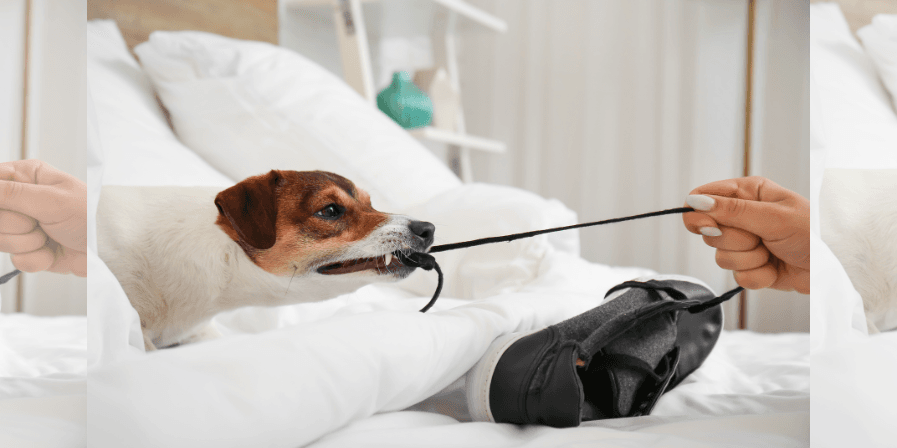Communication by Pets

Pets, including dogs and cats, communicate through a combination of vocalizations, body language, and behaviours. Understanding these communication signals is essential for building a strong bond and meeting their needs. Here are some common ways pets communicate:
Communication by Pets
Pets, including dogs and cats, communicate through a combination of vocalizations, body language, and behaviours. Understanding these communication signals is essential for building a strong bond and meeting their needs. Here are some common ways pets communicate:
-
Vocalizations: • Dogs: Bark, growl, whine, howl, and yip to express various emotions and needs. Each vocalization can convey different meanings. • Cats: Meow, purr, hiss, growl, and chirp. Cats may use meowing to communicate with humans, while purring often signifies contentment.
-
Body Language: • Dogs: • Tail Wagging: Indicates excitement, happiness, or friendliness. • Ears: Forward and alert ears show interest, while flattened ears may signal fear or submission. • Posture: Upright posture may indicate confidence, while a lowered body can signal submission or fear. • Eye Contact: Direct eye contact can be a sign of confidence or challenge. • Cats: • Tail Position: A raised tail signifies a happy and content cat, while a puffed-up tail can indicate fear or agitation. • Purring: Often a sign of contentment, but it can also indicate pain or distress. • Kneading: Kneading with their paws is a comforting behavior often associated with contentment. • Slow Blinking: A slow blink from a cat is a sign of trust and affection.
-
Facial Expressions: • Dogs: Use facial expressions, such as relaxed eyes, a wagging tail, or a "smile," to convey emotions. • Cats: Can use their facial expressions, including blinking, to communicate feelings of trust and relaxation.
-
Grooming Behavior: • Cats: Mutual grooming is a bonding behavior, and cats may groom each other or their owners to strengthen social bonds.
-
Play Behavior: • Dogs: Engage in play, including play bows, running, and wrestling, to communicate a desire for interaction and fun. • Cats: Play behaviors like chasing, pouncing, and batting at objects signal playfulness and engagement.
-
Scent Marking: • Dogs and Cats: Use scent marking to establish territory or communicate with other animals. This can involve rubbing against objects or spraying.
-
Whining or Purring: • Dogs and Cats: May whine or purr when seeking attention, expressing contentment, or indicating a desire for food or comfort.
-
Barking or Meowing: • Dogs: Use barking to alert, communicate excitement, or express frustration. • Cats: Meow for various reasons, including seeking attention, expressing hunger, or signalling discomfort.
-
Stress Signals: • Both dogs and cats may display stress signals, such as pacing, excessive grooming, hiding, or changes in appetite, to communicate that they are uncomfortable or anxious.
-
Hiding or Seeking Solitude: • Both dogs and cats may seek solitude or hide when they are feeling unwell, scared, or need a quiet space.
However many a times their communication could mean different especially if unwell or uneasy. If you see any odd behaviour or reactions it is imperative you consult with your vet asap. Early signs can help save long term health issues and a quick check with your vet can ease the pet.
FAQs:
How can I build a stronger bond with my pet? • Spending quality time with your pet, engaging in interactive play, providing positive reinforcement, and paying attention to their cues can help build a stronger bond. Understanding their preferences and respecting their boundaries is key.
Can pets understand my emotions? • Yes, pets can often sense and respond to human emotions. They may show empathy, provide comfort, or change their behaviour based on your mood. Positive interactions and a calm demeanour can strengthen the bond.
Understanding your pet's individual communication style and paying attention to their cues is crucial for fostering a positive and supportive relationship. Regular interaction, positive reinforcement, and observing your pet's behaviour can help enhance your ability to communicate effectively with them. If you have concerns about your pet's behaviour or communication, consulting with a veterinarian or a professional animal behaviourist can provide valuable insights and guidance.


 How can we help?
How can we help?